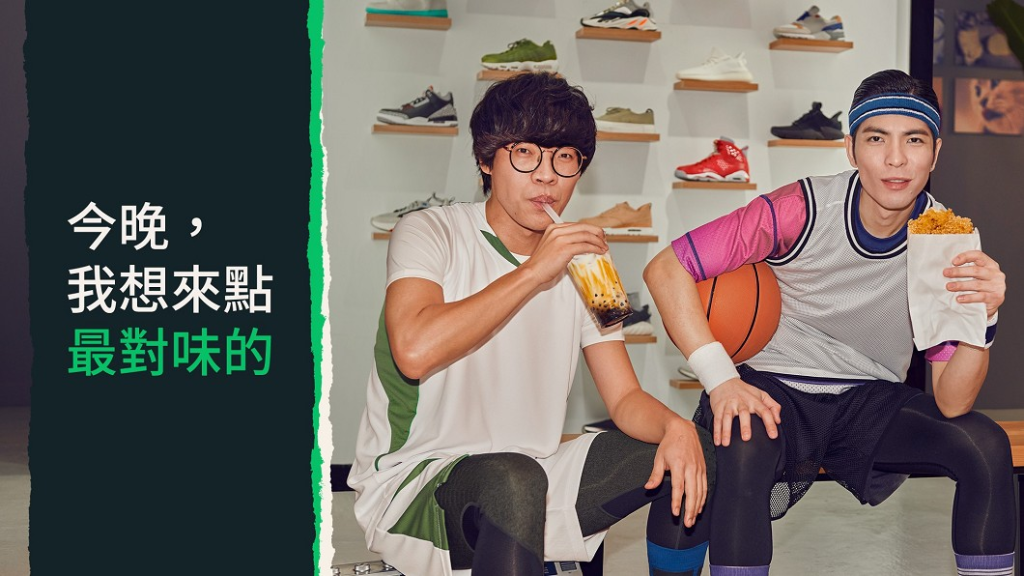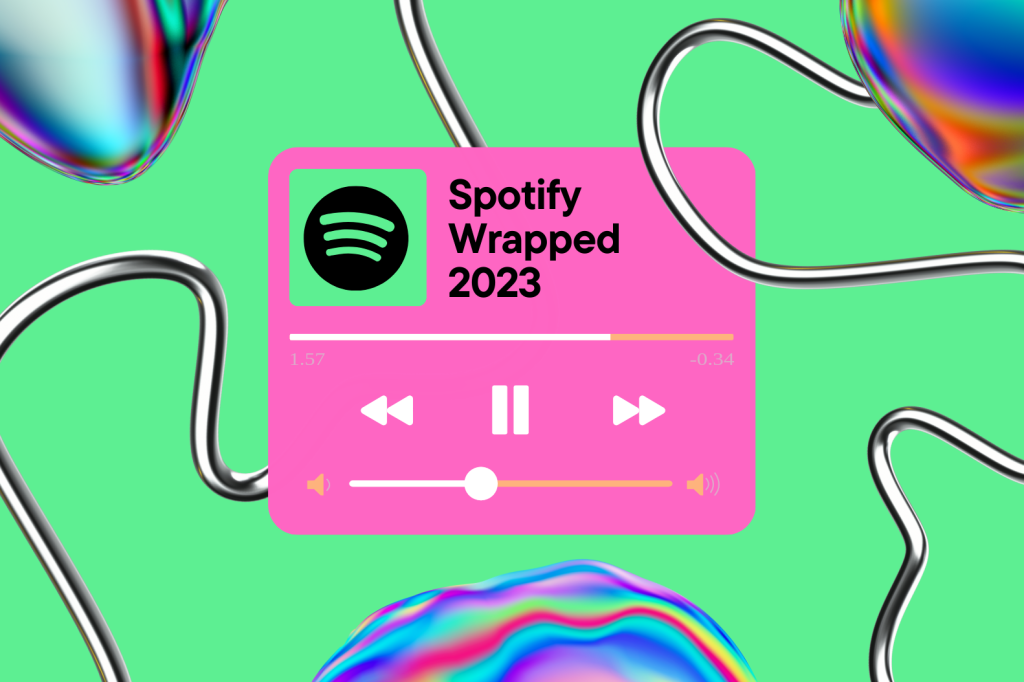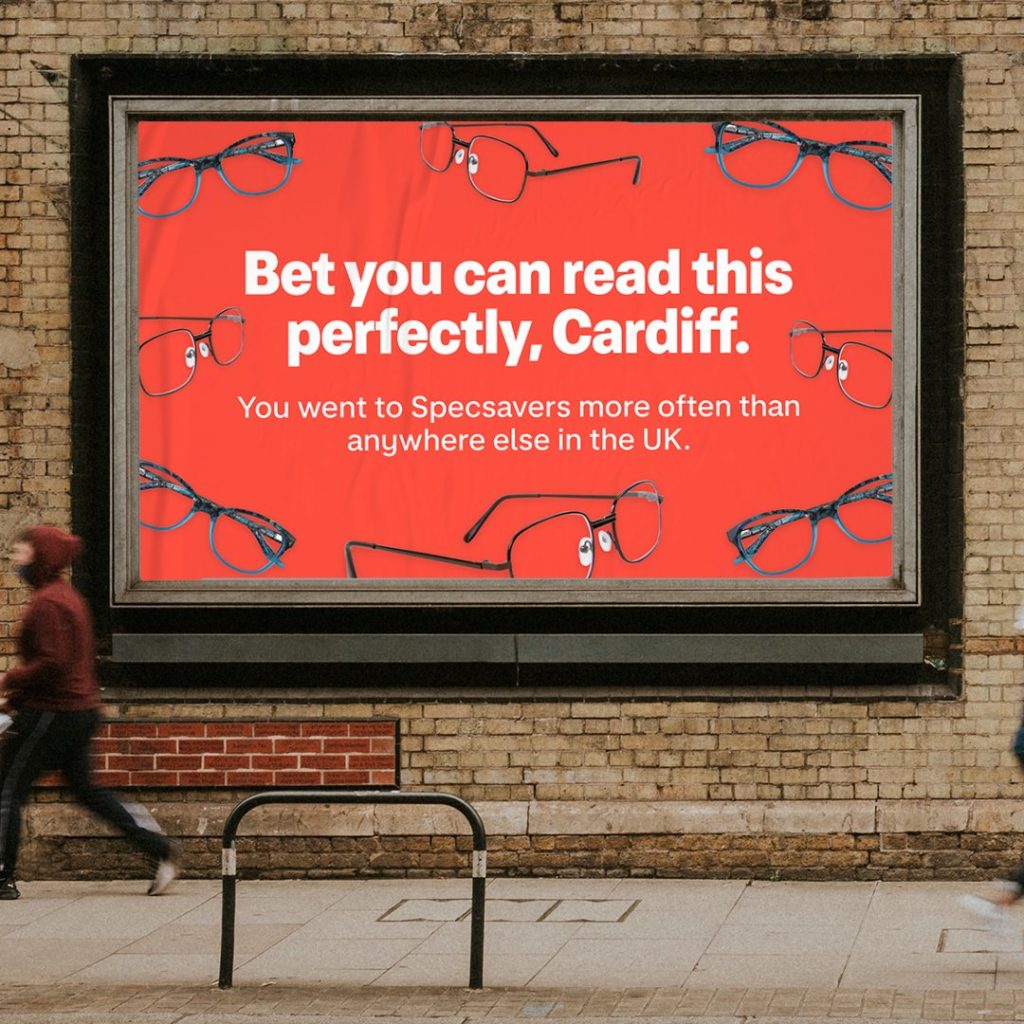In today’s fast-paced digital world, every brand manager dreams of their marketing campaign going viral. But what does it take to spark widespread interest and engagement? The secret lies in tapping into the cultural moments, emotional connections, and user-generated content that resonate with audiences. From clever humor to purpose-driven storytelling, viral campaigns have the power to captivate millions and create a lasting impact. While many ad campaigns come and go without much fanfare, a select few manage to capture the collective attention and drive a domino effect across industries. In this post, we’ll dive into a few campaigns and the key elements that make viral marketing campaigns not only successful but unforgettable.
Uber Eats (Taiwan)

The Uber Eats campaign, which originally launched in 2017 in Australia, experienced a major resurgence in 2020 at the onset of the COVID-19 pandemic, capitalizing on both its catchy slogan and the changing dynamics of food delivery. The phrase “Tonight, I’ll be eating” became a memorable and relatable expression, setting the stage for a series of quirky, lighthearted commercials featuring a range of celebrities. These ads brought humor and personality into the mix, making them feel fresh and engaging.
When the pandemic hit, lockdowns and restrictions led to a surge in demand for food delivery services as people were confined to their homes and seeking convenient meal options. Uber Eats’ decision to revive and localize the campaign, featuring celebrities was perfectly timed. These high-profile appearances added star power to the campaign, but it was the clever, tongue-in-cheek nature of the commercials—paired with the widespread desire to avoid cooking and support local restaurants—that truly resonated with audiences.
The campaign’s success went beyond just visibility; it sparked conversations, with people sharing their own “Tonight, I’ll be eating” moments on social media, further fueling the campaign’s reach. By combining humor, celebrity influence, and a relatable message during a time of need, Uber Eats not only revived a successful campaign but propelled it to viral status. The campaign became an iconic example of how strategic timing, brand consistency, and understanding the broader cultural landscape can turn a campaign into a lasting viral success.
Spotify

As the year draws to a close, one notification becomes a familiar highlight for music lovers everywhere: it’s time for Spotify’s annual “Wrapped.” This highly anticipated campaign invites users to reflect on their musical journey throughout the year by sharing personalized insights into their listening habits. From the top songs and artists to the number of times a particular track has been played, Spotify Wrapped turns data into a personalized experience that feels both fun and revealing.
The campaign went viral, sparking conversations and social media buzz as users eagerly shared their Wrapped playlists with friends and followers. People not only showcased their musical tastes but also engaged in lighthearted debates, judging and reacting to each other’s choices. Whether it’s a surprising deep cut or an obvious hit, Wrapped allows everyone to celebrate their personal soundtrack of the year and discover new music through their social circles.
Wrapped has evolved into an annual ritual for millions of Spotify users, blending the joy of self-reflection with the excitement of sharing a curated, data-driven playlist. What started as a unique way to deliver personal music insights has now become a social event, with hashtags trending, memes circulating, and even celebrities joining the fun. It’s a campaign that taps into nostalgia, pride, and the shared experience of music, creating a viral sensation that connects listeners across the globe each year.
Monzo

Similarly, the UK based online banking company Monzo also took a creative approach with its data-driven out-of-home campaign, highlighting “how the nation Monzo’d its way through 2023.” Ads featured local, humorous copy such as “Well done Milton Keynes: you went to Nandos more than anywhere else in the UK” and “London: you were literally the only place to go to Prett more than Greggs.” While these references might be obscure to non-UK readers, the campaign’s focus was its local relevance. By leveraging first-party data, Monzo created a campaign tailored to the preferences of specific regions through platforms like LinkedIn and Twitter/X.
Consumer data supported the campaign’s strategy. Forty-eight percent of Monzo users prefer brands to be smart—something Monzo delivered—and users are 38% more likely to discover brands via billboards or posters compared to the UK average. The campaign required close collaboration between data, engineering, design, and writing teams to create a personalized experience for each customer. Resulting in a near 500-line copy exposing interesting details about spending habits of people living in the UK.
This wasn’t the first time Monzo used a data-driven approach to engage with their customers. The first “Year in Monzo” launched in 2018 and generated high engagement with simple insights into users’ top spending categories. Building on that foundation, Monzo aimed to offer more in 2023 by emphasizing the story behind spending habits, showing how small moments, like a regular coffee, fit into a larger narrative. The theme for 2023 was “main character energy,” as we all try to regain momentum after the near 4 year pandemic, framing each user’s financial year as a cinematic journey where moments like a “bad week” became a “flop era.” The goal was to make the financial recap not just about transactions, but about the unique, meaningful experiences that defined each user’s year.
McDonalds
McDonald’s has long been a leader in the fast-food industry, but its marketing campaigns have also become a key part of pop culture. Two recent campaigns went viral by cleverly tapping into pop culture trends, strengthening the brand’s presence not just in food but in the broader cultural landscape.
1. As Featured In

McDonald’s has long been a part of pop culture, often appearing in movies as a subtle (or not-so-subtle) product placement. Their brown paper bags and iconic red French fry containers have become symbols of fast food, making appearances in countless films, sometimes to convey a sense of everyday life, and other times as a nostalgic touch. In 2023, McDonald’s took this cultural connection a step further with a creative and playful marketing campaign called “As Featured In.” The campaign celebrated McDonald’s moments in blockbuster movies by offering a menu of items inspired by films where McDonald’s products made a notable appearance.
The “As Featured In” campaign cleverly capitalized on its longstanding cultural presence by celebrating its iconic product placements in blockbuster films. The campaign tapped into movie fans’ loyalty, creating a buzz that felt like a fun collaboration with cinema rather than typical marketing. The paper bags and fry containers, often used in the background of films, serve as nostalgic symbols of McDonald’s deep-rooted place in popular culture, making the campaign a fresh yet familiar connection between moviegoers and fast food lovers, celebrating shared moments of cinematic and dining joy.
2. The Grimace Effect

This campaign kind of worked itself out backwards after a guest appearance at a baseball game went viral, McDonalds took this opportunity further and created a successful campaign in reviving one of their beloved characters that might have been forgotten over the years.
In June 2024, after Grimace threw the ceremonial first pitch at a New York Mets baseball game, the team’s fortunes shifted dramatically. The Mets, who had struggled early in the season, went on a seven-game winning streak, sparking a viral obsession with #TheGrimaceEffect. McDonald’s and its partners capitalized on the momentum with a series of creative activations, including a Mets-Grimace social media takeover, live-tweeting during games, a billboard near CitiField, and even getting the Empire State Building lit purple for Grimace’s birthday. The Mets’ success continued, and the campaign drove 9.6 billion impressions across social and earned media.
McDonald’s brilliantly turned an unexpected viral moment into a full-blown marketing success with the Grimace Effect campaign. What started as a fun, offbeat appearance at a baseball game transformed into a multi-faceted campaign that not only revitalized interest in Grimace, but also fueled the Mets’ surprising rise in the standings. By tapping into the enthusiasm of fans, leveraging social media, and orchestrating creative activations, McDonald’s not only celebrated the team’s success but also revived one of its most nostalgic characters, generating millions of impressions and cementing Grimace as a beloved cultural symbol once again.
While it may seem like viral campaigns are the result of sheer luck or perfect timing, the reality is that they are built on strategic planning and a deep understanding of brand values. Behind every viral moment is a team that carefully crafts a message that aligns with their brand’s identity, speaks to the target audience, and leverages the power of current cultural trends. The most successful campaigns don’t just go viral—they build lasting emotional connections and inspire conversations long after the initial buzz fades. By focusing on authenticity, creativity, and engagement, brands can create campaigns that not only capture attention but also leave a meaningful imprint on their audience.









